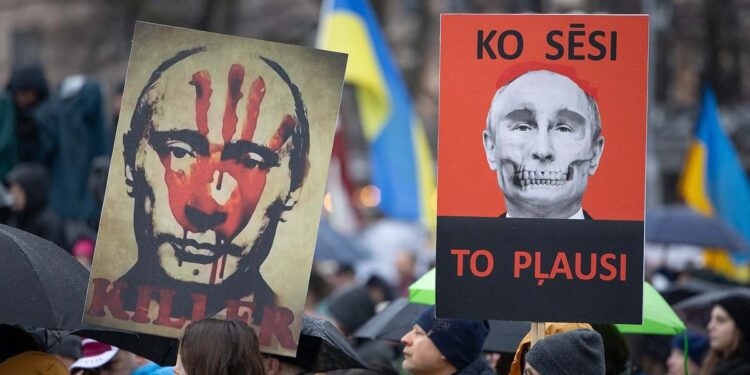The war in Ukraine is worsening Russia’s employment problem and is affecting a key industry for the country’s economy, the gas and oil industry, one of the main engines that precisely allows financing the war effort. Workers in the energy sector are becoming increasingly scarce; although historically salaries have been high in the gas and oil industry, they are currently unable to compete with military pay. This is compounded by the demographic problem that has been affecting the country for decades.
The shortage of human capital has been negatively affecting the Russian economy for some time. As is typical in Western countries, Russia has a demographic problem, with an active workforce declining for almost 20 years. The difficulties on this front have been worsening in recent years, at a crucial moment for the country, as it needs the oil and gas industry to function well in order to continue financing the war in Ukraine, but the military’s own needs to sustain the offensive are hurting the sector, which is unable to find all the workers it needs.
One of the problems facing the oil and gas sector is the increase in salaries carried out by the military to attract new recruits. According to the agency Bloomberg, Rostec, Russia’s state defense company, increased salaries by an average of 17.2% in 2023. The salary increase aligns with the request from Sergey Chemezov, CEO of the country’s defense corporation, to Vladimir Putin last August: “We need more personnel,” he requested at that time.
The figures published by the agency illustrate the problem the gas and oil industry faces in competing with military salaries. Although energy sector workers are well paid in Russia compared to the country’s average (historically they have been paid more than double the average of the entire economy), the reality is that what the state pays for going to war is increasingly competitive. In the first two months of the year, the average salary in the oil industry has been 125,200 rubles per month, but the military already offers, just for enlistment, an almost 200,000 ruble bonus paid by the state, and another, paid by the various regions of the country, that can reach 1 million rubles, according to Bloomberg, which is equivalent to almost a full year’s salary.
“The competition of military salaries against the oil industry has had an impact on workforce availability,” Dmitry Kasatkin, partner at the Russian consulting firm Kasatkin, the firm that Deloitte used in the Soviet country until the war in Ukraine began, pointed out to the agency.
This increased competition from the military is exacerbating the shortage of human capital in the energy industry. The consulting firm estimates that the sector needs around 40,000 new employees this year, a reality that is also leaving its mark on the job offers being posted online. According to data from the job platform hh.ru provided by Bloomberg, the number of vacant jobs currently available in the gas and oil sector has increased by 24% year-on-year in the first quarter of 2024.
Alexei Zakharvov, president of Superjob.ru portal, explained to the agency how “the labor shortage is affecting even the most lucrative industries,” such as the gas and oil industry. “This sector cannot afford to attract human capital with much higher salaries, but the state does compete with its labor contract offer,” he pointed out.
A Structural Demographic Problem
Russia’s underlying problem is not new, and it is the same as that of other major developed economies on the planet, such as those in Europe, Japan, or even China in recent times: demographics. The percentage of workers under 30 years old in the country has dropped to 14.9% in 2022, the lowest figure seen since 1990. In the years following the fall of the Soviet Union, the country experienced a collapse in new births, and between 2007 and 2021, Russia’s active population has fallen by 5.8 million workers, according to Bloomberg data.
Covid has also played a role in the decline of the active population in recent years, with 750,000 deaths recorded in the country between 2020 and 2022, more than half of which were due to the virus, according to data from the Russian Federal Statistics Service.
The war in Ukraine has been the latest problem impacting the country’s demographics. In addition to the deaths and injuries suffered by Russia in the conflict, estimated at around 450,000 victims, according to data from the British Ministry of Defense, the invasion has led to a sharp decline in immigration to the country. According to data from the Russian Federal Statistics Service, in 2023, only 110,000 immigrants entered the country, barely a quarter of those who entered in 2021, the last year with records before the war began.


